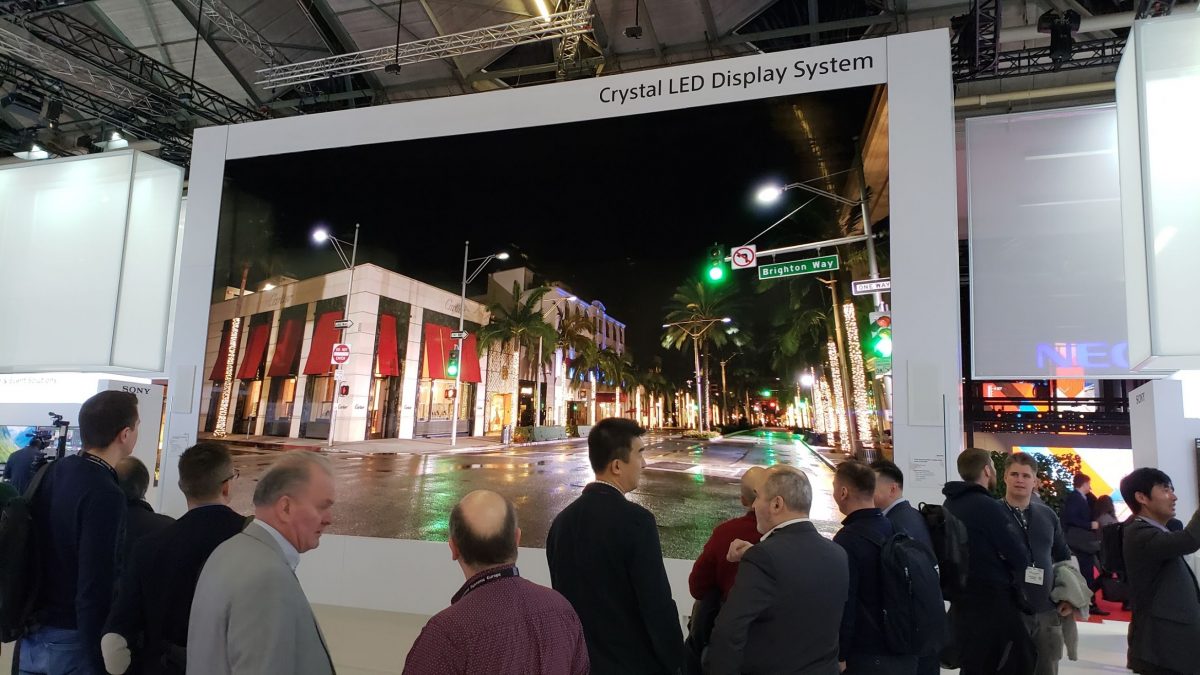
Sony Technical Paper Confirms The Magic Behind MicroLED Is All The Black Around The Lights
July 21, 2021 by Dave Haynes
It’s behind a pay wall so you can’t just click through and read it, but Display Daily’s Bob Raikes has a very interesting post up that goes into considerable technical detail about Sony’s big, beautiful Crystal LED microLED video walls.
It’s helpful because it drives home the broader message about microLED video walls marketed by Sony and more recently by Samsung, LG and others.
Here’s the key:
To achieve the deep blacks, the surface of the LED is just 0.003 mm. In a pixel that is 1.2mm pitch, like the Crystal LED, the area that is not LED is over 99%, while a typical ‘SMD’ LED display has a black area of 30%-60%, typically.
In lay terms, it’s not the pixel pitch that matters. It’s the amount of black, and therefore the high contrast, that produce superb visuals.
Another interesting note – Sony seems to suggest in the paper that where microLED really stands apart from conventional fine pitch LED displays is in bright environments. MicroLEDs maintain high contrast levels in brightly lit areas while conventional SMD displays can appear dull and gray.
Raikes, a UK tech writer I had the good fortune of meeting at a trade show in Taiwan, is quoting from an SID paper provided by Sony, which is also paywalled. Historically, it’s been a bit difficult to get much information about microLEDs, and there’s still a debate out there about what really, technically is microLED, versus mini. I’ve mostly stopped caring, as I assume deep-pocketed buyers based purchases on how good it looks, not the specs.
Bob’s material is worth the nominal subscription fee if you are a display nerd. Much of it is over my big, empty head, but I manage to grasp some of it and get real value.



Leave a comment